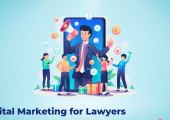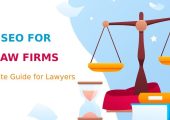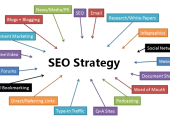To grow your business, you need to focus on two key aspects: customer acquisition and retention. Customer acquisition refers to attracting new customers to your business, while customer retention involves keeping your current customers engaged and loyal to your brand. Both of these aspects are crucial for the long-term success of your business, and they require different strategies and techniques.
One way to accelerate business growth is to leverage accelerators. These programs or organizations provide resources, mentorship, and networking opportunities to startups and businesses. Accelerators can help you gain exposure, connect with investors, and access valuable resources that can help you scale your business faster. Participating in an accelerator program can give you a competitive advantage and increase your chances of success.
It would be best to use effective marketing techniques to maximize your customer acquisition and retention efforts. This includes using social media, email, content, and other digital marketing strategies to reach and engage your target audience with your brand.
At the same time, enhancing the customer experience by providing excellent customer service, personalized offers, and other incentives that keep your customers returning is an effective strategy. By leveraging technology and analyzing your business metrics, you can identify areas for improvement and make data-driven decisions that drive growth and profitability.
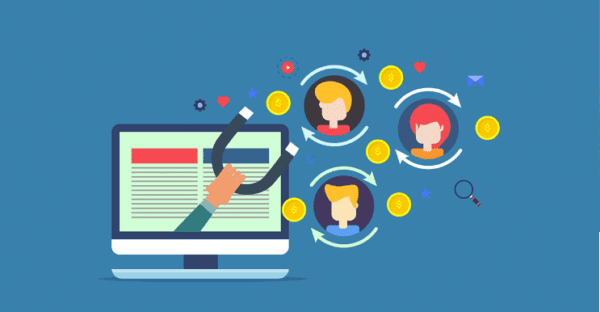
Key Takeaways
- To grow your business, you must focus on customer acquisition and retention.
- Accelerators can provide valuable resources and networking opportunities to help you scale your business faster.
- Effective marketing techniques, personalized offers, and data-driven decision-making are essential for maximizing customer growth and profitability.
Understanding Customer Acquisition
Customer acquisition is the process of attracting and converting new customers to your business. It is essential to any business growth strategy as it helps companies expand their customer base and increase revenue. This section will cover the fundamentals of customer acquisition, the various channels used for customer acquisition, optimizing the acquisition process, and customer acquisition costs and ROI.
Customer Acquisition Fundamentals
At the core of customer acquisition is identifying and targeting potential customers and converting them into paying customers. This involves understanding your target audience’s needs and how they interact with your business. To effectively acquire customers, you need to have a customer acquisition strategy that outlines your goals, target audience, and the channels you will use to reach them.
Customer Acquisition Channels

You can use several channels for customer acquisition, including marketing and sales. Marketing channels include social media, email marketing, content marketing, and search engine optimization (SEO). Sales channels include direct sales, partnerships, and affiliate marketing. You must identify the best channels for your business and target audience to optimize your customer acquisition efforts.
Optimizing the Acquisition Process
Optimizing the customer acquisition process involves streamlining the customer journey to make it easier for potential customers to convert. This involves creating a customer acquisition funnel that guides potential customers through the different stages of the conversion process. The funnel typically includes four stages: awareness, interest, decision, and action. By optimizing each stage of the funnel, you can increase your chances of converting potential customers into paying customers.
Customer Acquisition Costs and ROI
Customer acquisition costs (CAC) refer to the cost of acquiring a new customer, while return on investment (ROI) is the revenue generated from that customer over time. Keeping your CAC and ROI low would be best to ensure that your customer acquisition efforts are profitable. This involves tracking customer acquisition costs and revenue and optimizing your customer acquisition strategy to improve ROI.
Customer acquisition is critical to any business growth strategy. You can effectively acquire new customers and grow your business by understanding the fundamentals of customer acquisition, identifying the channels that work best for your business, optimizing the acquisition process, and tracking your customer acquisition costs and ROI.
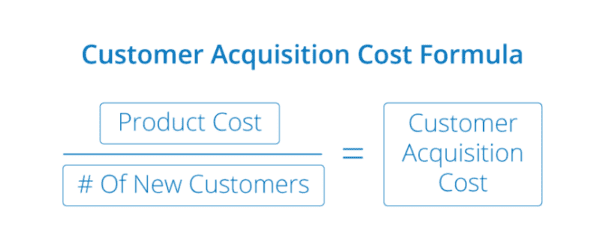
Maximizing Customer Retention
Retaining customers is crucial for any business, as acquiring new customers can be up to five times more expensive than having existing ones. In this section, we’ll explore the importance of customer retention, strategies for keeping customers, measuring customer retention, and leveraging customer feedback.
Importance of Customer Retention
Customer retention is essential for building customer loyalty and increasing customer lifetime value. It is also an effective way to boost profits, as existing customers are more likely to make repeat purchases and spend more money over time. By focusing on customer retention, you can create a loyal customer base that will continue to do business with you and recommend your products or services to others.
Strategies for Retaining Customers
There are several strategies you can use to retain customers, including:
- Provide excellent customer service: Customers are likelier to stay with a company that provides exceptional customer service. Ensure your customer service team is knowledgeable, friendly, and responsive to customers’ needs.
- Offer loyalty programs: Loyalty programs are a great way to reward customers for their continued business. Offer discounts, free products, or other incentives to customers who have been with your company for a while or have made several purchases.
- Personalize your marketing: Personalized marketing can help you build stronger customer relationships. Use customer data to create targeted marketing campaigns that speak directly to your customers’ needs and interests.
- Provide ongoing support: Providing ongoing support to your customers can help you build trust and loyalty. Offer resources, such as tutorials, webinars, or FAQs, that help customers get the most out of your products or services.
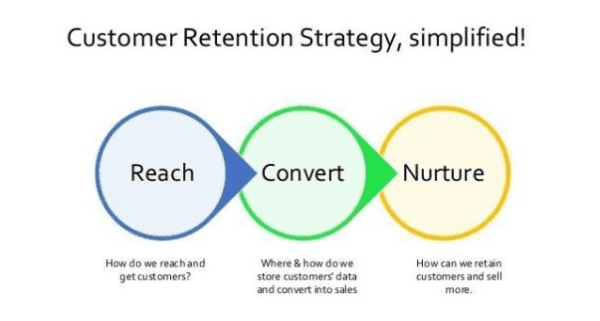
Measuring Customer Retention
Measuring customer retention is essential to determine the effectiveness of your customer retention strategies. One way to measure customer retention is to calculate your customer retention rate. This is the percentage of customers who continue to do business with you over a given period. You can also use customer feedback surveys to gauge customer satisfaction and identify areas for improvement.
Leveraging Customer Feedback
Customer feedback is a valuable tool for improving customer retention. Use customer feedback surveys to gather feedback on your products or services, customer service, and overall customer experience. Use this feedback to improve your business and show your customers that you value their opinions. You can also use customer feedback to identify customers at risk of leaving and take proactive steps to retain them.
Customer retention is crucial for building customer loyalty, increasing lifetime value, and boosting profits. By implementing effective customer retention strategies, measuring customer retention, and leveraging customer feedback, you can create a loyal customer base that will continue doing business with you for years.
Role of Accelerators in Growth
Accelerators have become an increasingly popular resource for startups and businesses looking to grow their customer base and revenue. By providing mentorship, funding, and other resources, accelerators can help companies achieve their growth goals faster and more efficiently.
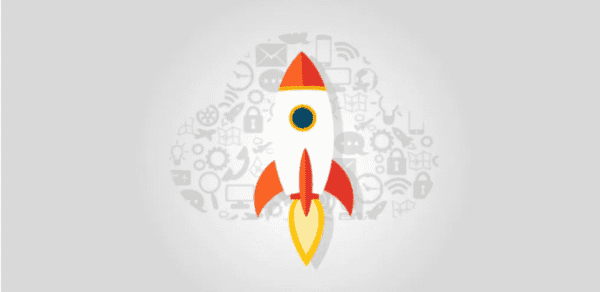
Accelerators for Startups
Accelerators can be valuable resources for startups in the early stages of growth. By providing access to experienced mentors and investors, accelerators can help startups refine their business models, develop their products, and build their customer bases. Additionally, accelerators can provide startups with funding and other resources to help them achieve their growth goals faster.
Accelerators for Business Expansion
Accelerators can also be a valuable resource for established businesses looking to expand. They can help companies achieve their growth goals faster and more efficiently by providing access to new markets, customers, and resources. Additionally, accelerators can help companies develop new products, services, and business models that can help them stay ahead of the competition.
Impact of Accelerators on Customer Metrics
One critical benefit of accelerators is their ability to help businesses acquire and retain customers. Accelerators can help companies develop products and services that better meet customers’ needs by providing access to mentorship, funding, and other resources. Additionally, accelerators can help companies build stronger customer relationships, increasing customer loyalty and retention.
Accelerators can be valuable resources for businesses seeking growth and success. Accelerators can help companies achieve their growth goals faster and more efficiently by providing access to mentorship, funding, and other resources. Whether a startup or an established business, an accelerator can help take the company to the next level.

Marketing Techniques for Acquisition and Retention
Regarding growing your business, customer acquisition and retention are two sides of the same coin. Acquisition focuses on bringing in new customers, while retention is about keeping existing ones coming back for more. Both are crucial for long-term success, and various marketing techniques can be used to achieve both.
Content Marketing and SEO
One of the most effective ways to attract new customers and keep existing ones engaged is through content marketing and search engine optimization (SEO). Creating high-quality, informative content optimized for organic search can improve your brand awareness and attract new customers searching for products or services like yours.
To get started with content marketing and SEO, you should first identify your target audience and the topics they are interested in. Then, create content that addresses those topics in an engaging and informative way. Optimize your content for relevant keywords and promote it on social media and other channels to drive traffic.
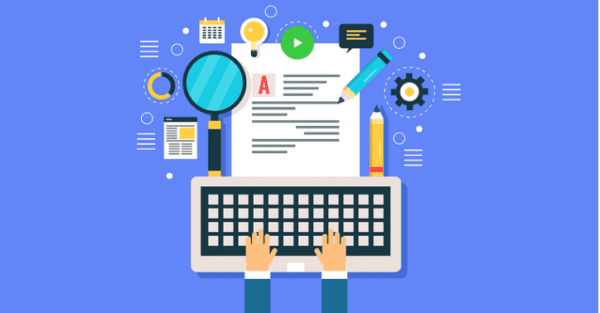
Email Marketing
Email marketing is another effective way to acquire and retain customers. By building an email list of interested subscribers, you can send targeted messages promoting your products or services, offering exclusive discounts, and keeping your audience engaged with your brand.
To get the most out of email marketing, you should create high-quality, personalized messages tailored to your subscribers’ interests and needs. Use segmentation and automation tools to send targeted messages to specific groups of subscribers, and make sure to track your results to improve your campaigns continuously.
Social Media Engagement
Social media is a powerful tool for both customer acquisition and retention. By creating engaging social media posts that showcase your brand and products, you can attract new followers and keep existing ones engaged with your brand.
Create appealing posts tailored to your target audience to maximize social media engagement. Use maximizing and other tools to increase your reach, and respond to comments and messages promptly to build trust and loyalty with your audience.
Advertising and Promotions
Finally, advertising and promotions can be practical customer acquisition and retention tools. By running targeted ads on social media and other platforms, you can attract new customers and promote your products or services to existing ones.
It would be best to create compelling, visually appealing ads that target your ideal customer to get the most out of advertising and promotions. Use A/B testing and other tools to optimize your campaigns and continuously optimize your results to improve your ROI.
You can use various marketing techniques to acquire and retain customers. By focusing on high-quality, targeted campaigns tailored to your audience’s interests and needs, you can build a loyal customer base to help your business grow and succeed over the long term.
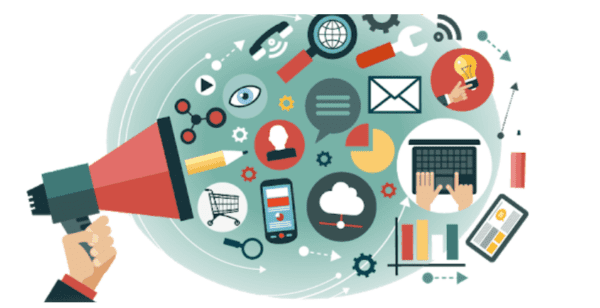
Enhancing the Customer Experience
To succeed in today’s competitive business landscape, you must focus on enhancing the customer experience. A great customer experience can help you acquire and retain customers, increase customer loyalty, and drive revenue growth. This section will discuss some effective strategies for enhancing the customer experience.
Customer Journey Mapping
Customer journey mapping is a powerful tool for understanding customers’ needs, preferences, and pain points. By mapping out the customer journey, you can identify areas of friction and take steps to improve the experience. For example, you could streamline your checkout process, provide more detailed product information, or offer personalized recommendations based on
Customer Service Excellence
Providing excellent customer service is crucial for enhancing the customer experience. Your customer service team should be knowledgeable, friendly, and responsive. They should be able to answer your customers’ questions and resolve any issues they encounter quickly and efficiently. You could also consider offering self-service options, such as a knowledge base or chatbot, to help customers find the information they need more quickly.
Personalization Tactics
Personalization iPersonalizationtive way Personalizationcustomer experience. By tailoring your products and services to your customer’s needs and preferences, you can create a more engaging and memorable experience. For example, you could offer personalized product recommendations history, send targeted marketing campaigns based on their browsing behaviour, or provide customized pricing based on their usage. In conclusion, enhancing the customer experience is essential for acquiring and retaining customers, increasing customer loyalty, and driving revenue growth. By focusing on customer journey mapping, customer service excellence, and personalization tactics, you can create memorable customer experiences.
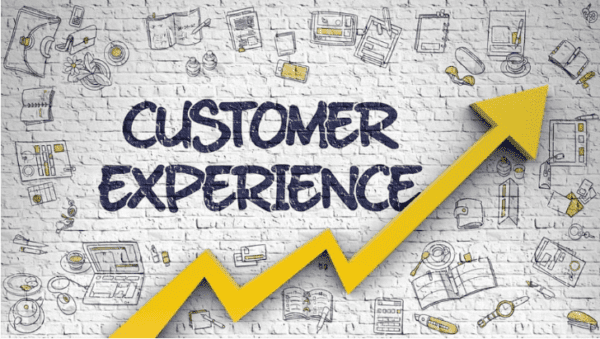
Leveraging Technology for Customer Growth
As a business owner, you understand the importance of customer acquisition and retention. In today’s digital age, leveraging technology is critical to achieving customer growth. Here are three ways you can use technology to boost your customer growth strategy:
AI and Machine Learning
AI and machine learning technology can help you better understand customer behaviour. Analyzing customer data can identify trends that inform your marketing and sales strategies. For example, you can use AI-powered chatbots to provide personalized customer service and support customized learning algorithms to analyze customer feedback and identify and analyze improvement.
CRM Systems
A CRM system is a powerful tool for managing customer relationships. With a CRM system, you can track customer interactions, organize sales pipelines, and automate and organize campaigns. Centralizing customer data gives you a hoCentralizing of your customers and their needs. This can help you identify opportunities for cross-selling and upselling and improve customer retention.
Data Analytics
Data analytics can help you make informed decisions about your customer growth strategy. By analyzing customer data, you can identify improvements and make data-driven decisions. For example, you can use data analytics to determine which marketing channels are most effective at driving customer acquisition or which products or services are most popular among your customers.
Leveraging technology is critical to achieving customer growth. AI and machine learning, CRM systems, and data analytics can help you better understand your customers and their needs, improve customer retention, and drive customer acquisition.
Building Sustainable Business Practices
When building a sustainable business, customer acquisition and retention are vital factors. Focusing on these two elements can create a foundation for long-term growth and profitability. This section will explore strategies to help you build sustainable business practices that will keep your company thriving for years.
Sustainability and Customer Loyalty
Customer loyalty is one of the most critical factors in building a sustainable business. A loyal customer base can ensure a steady revenue stream and reduce customer acquisition costs. According to a survey by LeadGenius, higher customer retention equates to fewer new customers needed for business growth. This approach dramatically trims customer acquisition costs, making your growth strategies more economically efficient.
You must focus on providing a high-quality customer experience to build customer loyalty. This includes offering excellent customer service, providing reliable products, and responding quickly to customer feedback. By doing so, you can create a loyal customer base that will continue to support your business for years to come.

Cost-Effective Growth Strategies
Another critical factor in building a sustainable business is finding cost-effective growth strategies. According to a Gartner survey, 83% of business leaders see sustainability program activities as a way to optimize and reduce costs. Maxoptimizing our business without breaking the bank can ensure long-term profitability and success.
One cost-effective growth strategy is to focus on organic growth. This involves using your existing customer base to drive new business. By encouraging your customers to refer their friends and family to your business, you can create a steady stream of new customers without spending much on advertising.
Another cost-effective growth strategy is to focus on partnerships and collaborations. By partnering with other businesses in your industry, you can tap into their customer base and create new growth opportunities. This strategy can be especially effective for small businesses looking to expand their reach.
Long-Term Business Viability
Finally, it would be best to focus on long-term viability to build a sustainable business. This means creating a sustainable strategy to keep your business profitable and prosperous for years. According to a survey by BCG, companies that develop a sustainability strategy anchored in purpose are more likely to succeed in the long run.
To create a sustainable strategy, you must focus on reducing waste, minimizing your environmental impact, and minimizing positive social impact. By doing so, you can start a business that is not only profitable but also socially responsible. This can help attract customers looking for companies prioritizing sustainability and social reprioritizing.
Building sustainable business practices requires a focus on customer loyalty, cost-effective growth strategies, and long-term viability. These strategies can create a business that is not only profitable but also socially responsible and environmentally sustainable.

Analyzing and Improving Business Metrics
Analyzing your business’s success, tracking and analyzing key performance indicators (analyzing is crucial. By doing so, you can identify areas for improvement and make data-driven decisions to optimize your business metrics. This section discusses the importance of tracking KPIs and explores three key areas for improving your business metrics.
Tracking Key Performance Indicators
Tracking KPIs such as customer acquisition cost (CAC), customer lifetime value (CLV), and average order value (AOV) can provide valuable insights into the effectiveness of your marketing and sales strategies. For example, a high CAC may indicate that your marketing efforts are not targeting the right audience or that your sales process needs improvement. On the other hand, a low CLV may suggest that your customer retention strategies need improvement.
You can track these KPIs effectively using tools like Google Analytics, CRM software, and marketing automation platforms. You can monitor your KPIs in real time and identify trends by setting up custom dashboards and reports.
Cost Analysis and Reduction
Analyzing your costs is another critical step in optimizing your business metrics. By optimizing areas where you can reduce costs, you can increase your bottom line and improve your profitability. For example, you may be able to negotiate better deals with suppliers or reduce your overhead costs by outsourcing specific tasks.
Using spreadsheets or accounting software, you can track expenses and revenues and identify areas where you can reduce costs without compromising the quality of your products or services.
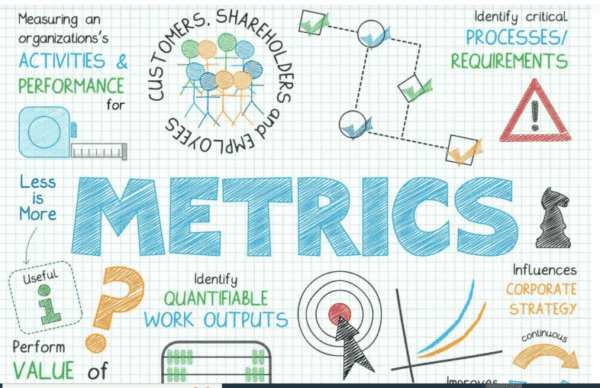
Revenue Optimization
Finally, optimize your business metrics to optimize your revenue. Increasing your revenue can enhance your profitability and allow you to invest in growth opportunities. You can focus on maximizing AOV, upselling and cross-selling, and improving your pricing strategies to maximize your income.
To increase your AOV, you can offer bundle deals or discounts for bulk purchases. Upselling and cross-selling can be achieved by providing complementary products or services to your customers. Finally, improving your pricing strategies may involve experimenting with different pricing models or conducting market research to determine the optimal price point for your products or services.
In conclusion, analyze and improve your business for success. Track your KPIs, research your costs, and optimize your reanalyze. It can help you make optimized even decisions and improve your bottom line.



